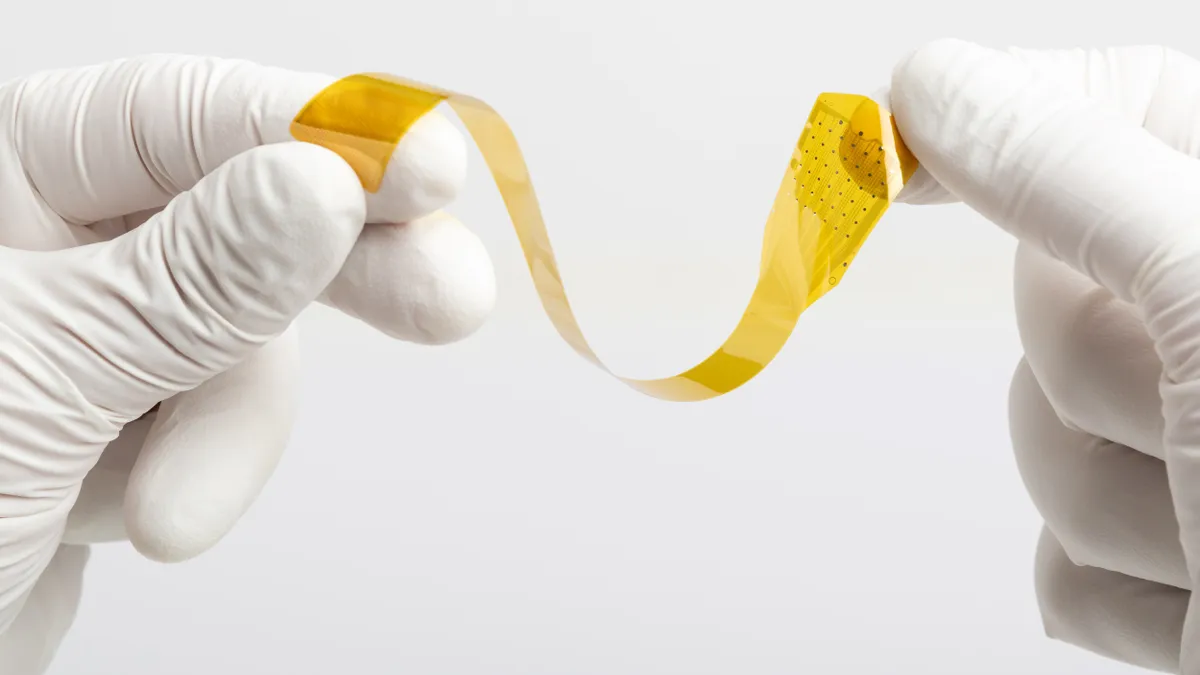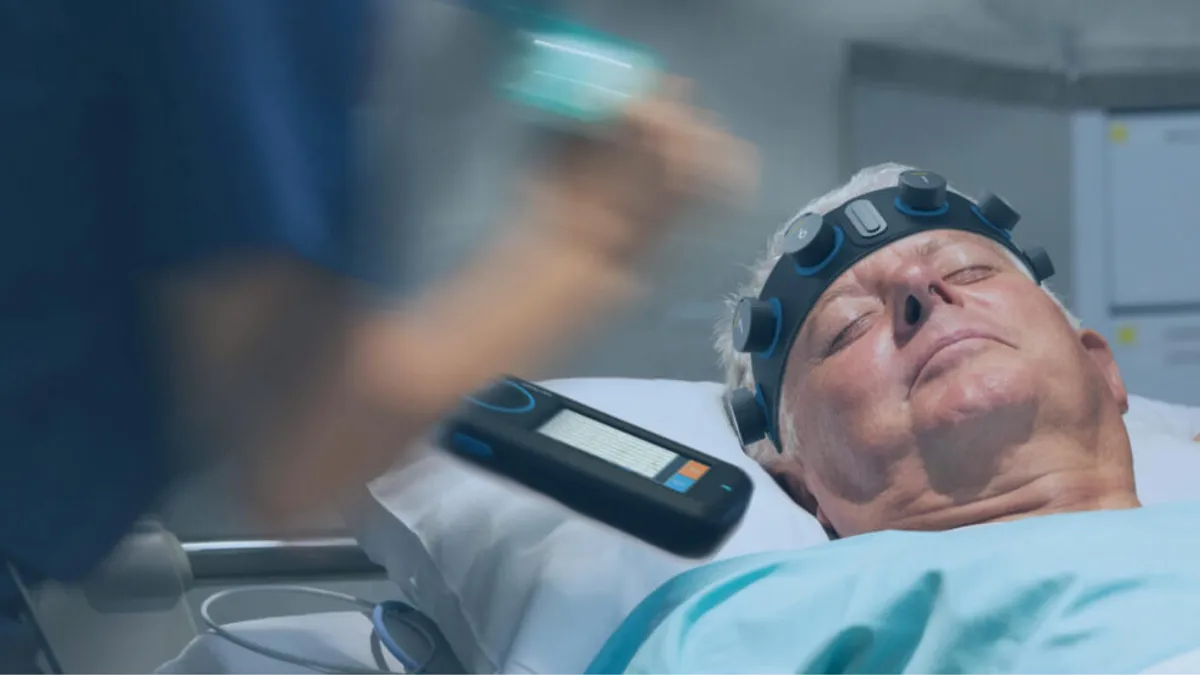FDA has granted 50 breakthrough device designations so far this year, an agency spokesperson told MedTech Dive on Tuesday, bringing the total number given throughout the program's history to 298.
The Breakthrough Devices Program, which emerged from the agency's Expedited Access Pathway, aims to speed development and assessment of devices that promise a more effective treatment or diagnosis for a life-threatening or irreversibly debilitating conditions. Companies benefit from additional agency feedback during the premarket phase, although the designation does not change requirements for marketing authorization. At this time, companies choose whether or not to make their designations public.
This year's pacing is just behind 2019's, when the agency gave out 136 total designations, according to data shared with MedTech Dive in January. Given that the program targets in-development devices, the number of breakthrough devices that have made it to market have been slower to catch up. Last year, five breakthrough-designated devices received full marketing authorization (three PMAs, a 510(k), and a De Novo.)
At least six medtech companies have announced breakthrough device designations in recent weeks for potential new treatments addressing ventricular tachycardia and damage to the aortic arch, to multiple sclerosis and Parkinson's disease. Here's a snapshot of the products.
Orteq. The London-based sports medicine company said Tuesday it received a breakthrough device designation for its Actifit meniscal scaffold, meant for use in patients with irreparable partial meniscus loss or damage. Orteq describes the device, which it says has been implanted in more than 4,000 patients, as a biodegradable polymer intended to "preserve the knee joint and promote new tissue growth in damaged areas of an irreparable meniscus."
In a press release, the company said it plans to present European clinical data to FDA this year. The company also said in the next two years it aims to expand development of the polymer platform used in Actifit to other musculoskeletal joints. The company is privately held by Saratoga Partners LLC.
Thermedical. The privately held device maker based in Waltham, Massachusetts, earned breakthrough status for a radiofrequency ablation catheter to treat ventricular tachycardia, a form of rapid heartbeat that can lead to sudden cardiac death. The Durablate catheter delivers heated saline and RF energy into the tissue and is designed to reach deeper into the heart wall, compared to conventional ablation catheters.
In a single-arm observational study of 32 patients at six centers, five-month followup data showed that more than half had no recurrent VT and more than 60% saw their VT reduced by at least 90%. The data were released in a late-breaking clinical trial session of the Heart Rhythm Society meeting in early May.
Founded by Massachusetts Institute of Technology Hyperthermia Center alumni Michael Curley and Patrick Hamilton, Thermedical is also working on a thermal ablation treatment for solid tumors, including liver cancer.
ArcherDX. Genomic analysis company ArcherDX received a breakthrough designation for its next-generation sequencing technology being developed as a companion diagnostic to detect neurotrophic receptor tyrosine kinase gene fusions that lead to cancer cell growth. The test captures DNA, RNA or circulating tumor DNA from blood and tissue samples. The company is pursuing regulatory clearances for the technology.
ArcherDX earlier this month announced a collaboration with Bayer to develop an NGS-based companion diagnostic for the cancer drug Vitrakvi, a tyrosine kinase inhibitor.
The Boulder, Colorado-based company had already garnered breakthrough designations from FDA: one in January for a technology that monitors early-stage cancer treatment for recurrence; and the other, awarded last year, for a sequencing-based diagnostic able to test both plasma and tissue to help identify patients with advanced non-small cell lung cancer for targeted therapies.
Helius Medical Technologies. The Newton, Pennsylvania-based company gained a breakthrough designation for its first product in development, a non-implantable neuromodulation stimulator, as a potential treatment for gait deficit due to symptoms of multiple sclerosis.
The portable device works by sending electrical impulses to the tongue that stimulate the cranial nerves connected to the brain and is used in conjunction with physical therapy to help improve a patient's balance and ability to walk.
FDA last year declined the company's request for a De Novo classification for the device, citing insufficient data on its effectiveness. The company subsequently announced a new study design. The Helius device is authorized for sale in Canada and under review for clearance by Australia's Therapeutic Goods Administration.
PhotoPharmics. The Salt Lake City-based company obtained breakthrough status for its non-invasive phototherapy device intended as an adjunct treatment to help people with Parkinson’s disease improve overall function. The therapy targets photoreceptors in the eye that regulate circadian signaling to the brain.
The privately held company in late April said it's fundraising to support a pivotal phase three study of the technology and intends to begin recruiting in August. The company expects to enroll 200 people in the trial.
Terumo. Terumo Aortic received a breakthrough device designation for its Thoraflex Hybrid stented device for the surgical repair of damaged vessels of the aortic arch and descending aorta to prevent rupture. The device combines a gelatin-sealed woven polyester graft with a nitinol self-expanding stent graft.
The company recently received FDA approval for its Treo abdominal aortic stent-graft system to treat abdominal aortic aneurysms.

















